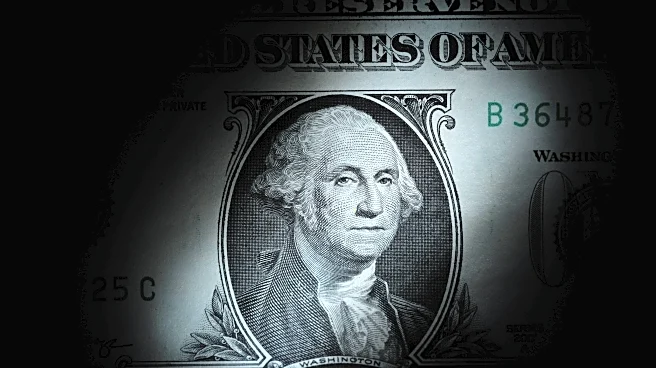What's Happening?
The U.S. Federal Reserve's preferred inflation measure, the Personal Consumption Expenditures (PCE) price index, rose 2.7% year-on-year in August, up from 2.6% in July. The increase reflects the impact of tariffs on goods prices, with further cost pressures expected as President Trump announced new duties on trucks, furniture, and pharmaceuticals. Despite rising inflation, personal spending also increased by 0.6% in August, indicating resilience in consumer consumption.
Why It's Important?
The rise in the PCE price index above the Fed's 2% inflation target adds pressure on the central bank as it navigates interest rate adjustments. The impact of tariffs on inflation complicates the Fed's path forward, as it balances controlling inflation with supporting employment. The resilience in consumer spending is crucial for economic stability, but the potential for further cost pressures from new tariffs poses challenges for future economic growth.
What's Next?
The Federal Reserve will continue to monitor inflation and employment data to guide future interest rate decisions. The impact of new tariffs on goods prices will be closely watched, as businesses and consumers adjust to potential cost pressures. The Fed's cautious approach to monetary policy suggests ongoing uncertainty in market expectations.












